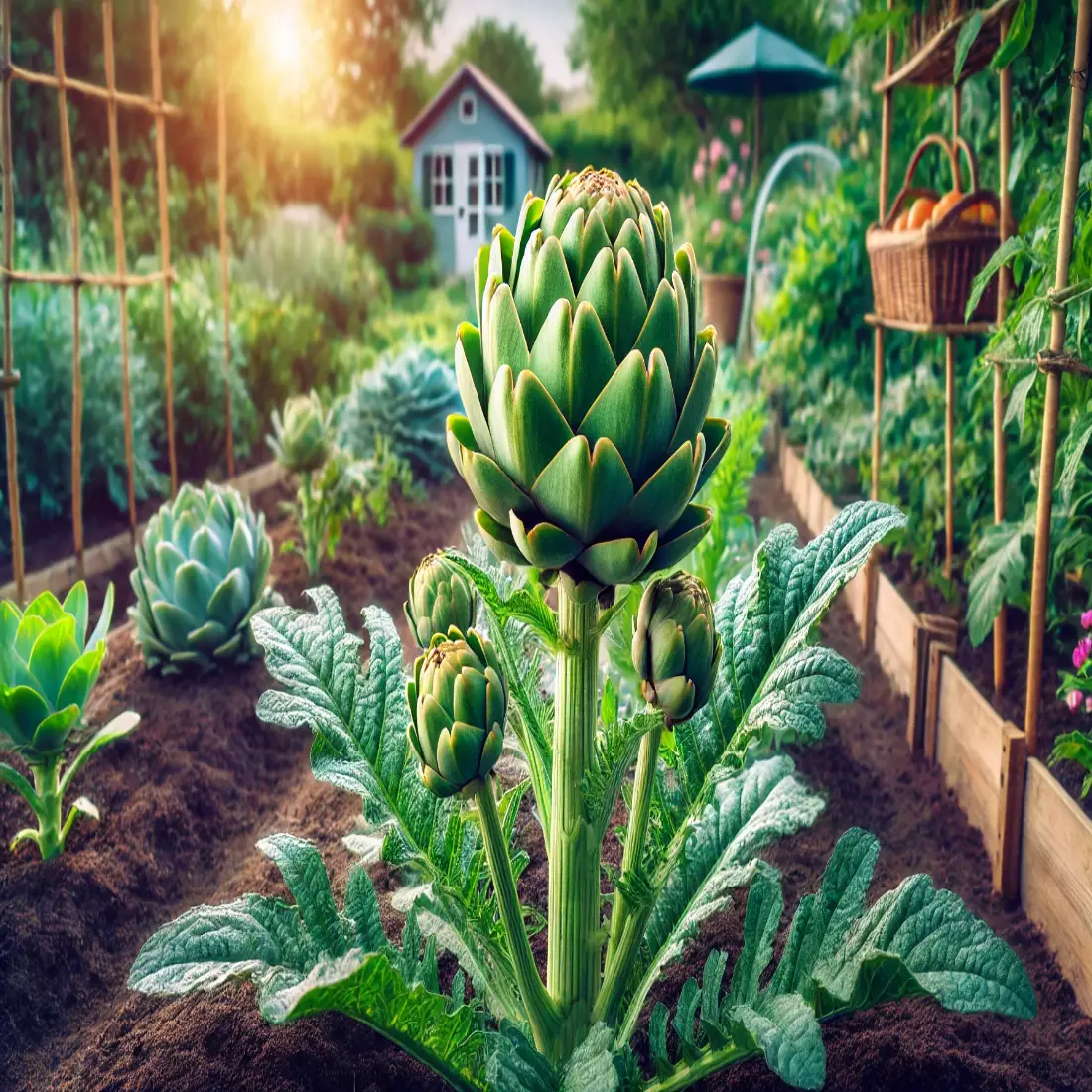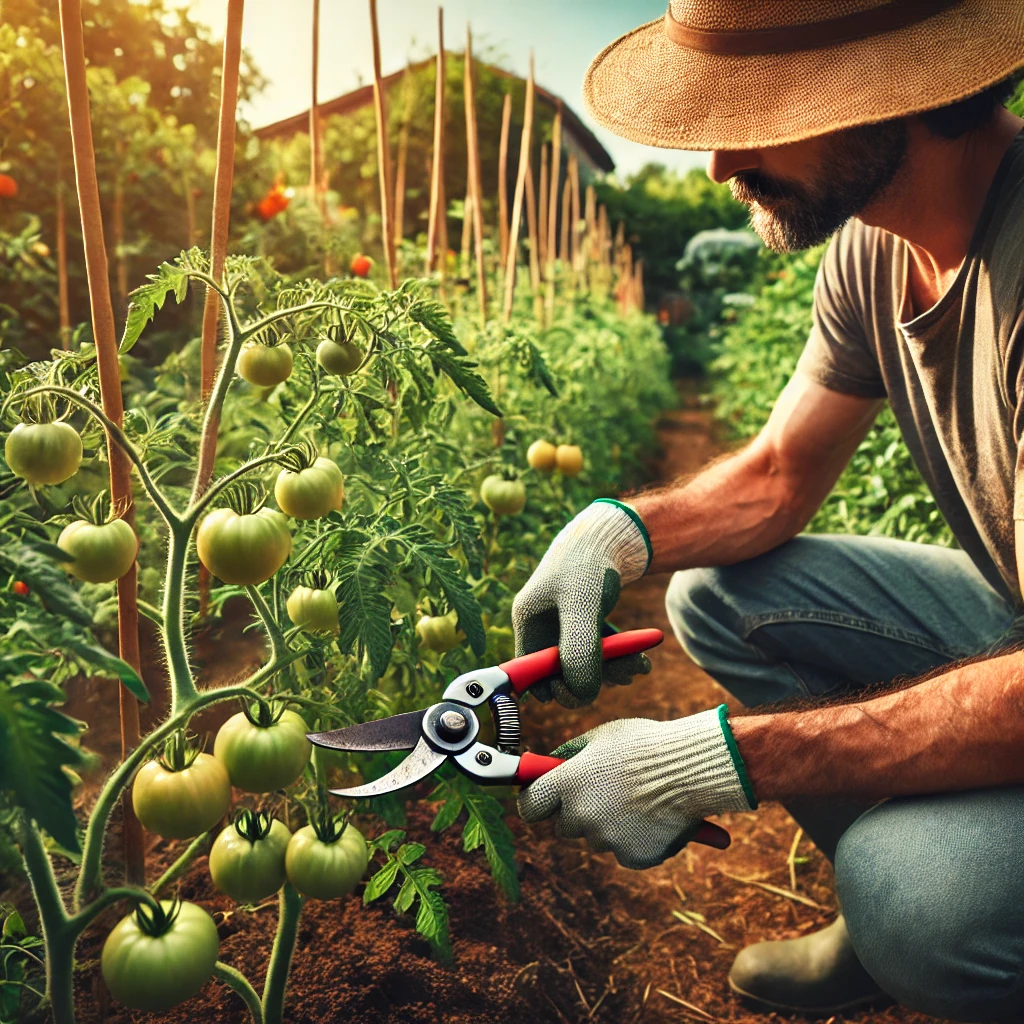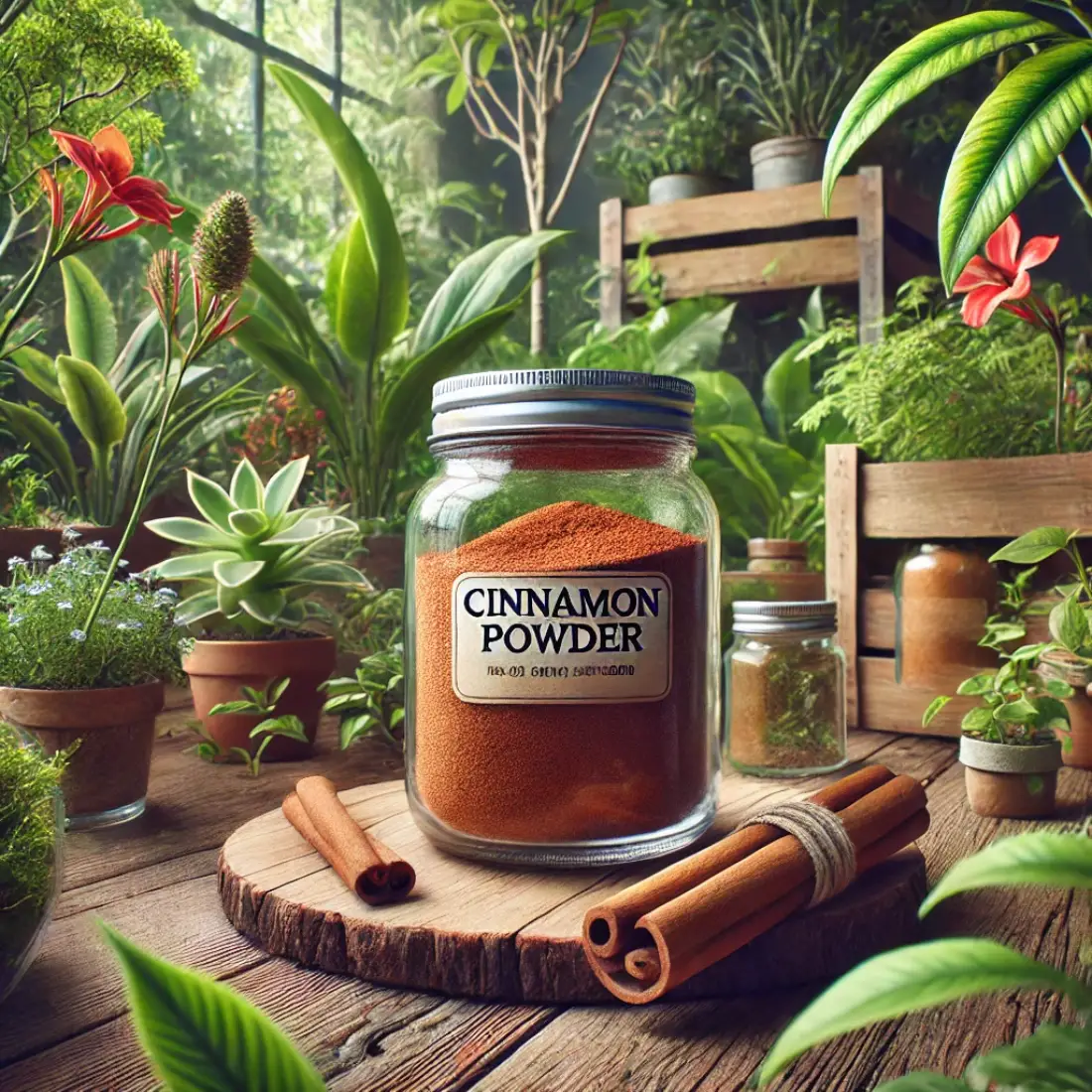Artichokes are a unique and nutritious vegetable known for their large, edible flower buds. These perennial plants thrive in various climates and can be cultivated with the right care and attention.
By growing your own artichokes, you ensure a fresh and organic supply of this nutritious vegetable, free from pesticides and harmful chemicals. Homegrown artichokes are not only delicious but also rich in vitamins, antioxidants, and fiber, contributing to a healthy diet.
- Choose the Right Variety: Select varieties suited to your climate.
- Optimal Conditions: Full sun, well-drained soil, consistent moisture.
- Planting Time: Early spring or fall, depending on the region.
- Fertilization: Use organic, nitrogen-rich fertilizers.
- Pest Management: Inspect regularly and use natural controls.
- Harvesting Tips: Pick buds when tight for best flavor.
- Perennial Care: Mulch in winter for multi-year production.
Choose the Right Variety
Choosing the right artichoke variety is crucial for successful home gardening. Different varieties thrive in different climates, so it’s important to select one that suits your local conditions. For instance, the Green Globe variety is well-suited for mild climates and is known for its large, tender buds.
In contrast, the Imperial Star is a good choice for cooler regions, as it is more tolerant of frost. Purple of Romagna is another variety that performs well in a range of climates and offers a unique flavor. Research and select the variety that aligns with your region’s climate to ensure robust growth and a bountiful harvest.

Optimal Conditions for Growing Artichokes
Artichokes thrive in specific conditions, making it essential to provide the ideal environment for healthy growth. Here are the key factors to consider:
- Sunlight: Artichokes require full sun, at least 6-8 hours per day.
- Soil: Use well-drained, fertile soil rich in organic matter.
- Watering: Maintain consistent moisture without waterlogging. Deep, infrequent watering is best.
- Temperature: Artichokes prefer mild temperatures, thriving in the range of 60-70°F (15-21°C).
- Spacing: Space plants about 3-4 feet apart to allow for proper air circulation and growth.
- Mulching: Apply mulch to retain moisture and regulate soil temperature.
Planting Time for Artichokes
Timing is crucial for planting artichokes to ensure optimal growth and productivity. Here are the guidelines for different climates:
- Mild Climates: Plant artichokes in early spring, after the last frost. This allows the plants to establish before the summer heat.
- Cooler Climates: Start seeds indoors 8-10 weeks before the last frost date. Transplant seedlings outside in late spring when the soil has warmed.
- Warmer Climates: Fall planting is ideal. Plant artichokes in late summer or early fall to establish during the cooler months and produce in the spring.
Organic Fertilization for Artichokes
Using organic fertilizers is essential for growing healthy artichokes. Here are the key tips for organic fertilization:
- Compost: Incorporate well-rotted compost into the soil before planting. This improves soil structure and provides essential nutrients.
- Manure: Use aged manure to add nitrogen and other nutrients. Apply it around the base of the plants in early spring and mid-summer.
- Organic Fertilizer: Use a balanced organic fertilizer, such as 5-5-5 (N-P-K), to promote healthy growth. Apply according to the package instructions.
- Liquid Fertilizer: Fish emulsion or seaweed extract can be used as a foliar spray or soil drench every 2-4 weeks during the growing season.
Pest Management for Artichokes
Effective pest management is crucial to maintaining healthy artichoke plants. Here are some natural and organic methods to control common pests:
- Aphids: Regularly inspect plants for aphids on leaves and stems. Spray with a mixture of water and mild soap or use neem oil to deter them.
- Snails and Slugs: These pests can damage young plants. Use organic slug pellets, place copper tape around the base of plants, or set out beer traps to attract and drown them.
- Caterpillars: Handpick caterpillars and dispose of them. Bacillus thuringiensis (Bt) is an effective organic treatment that targets caterpillars without harming beneficial insects.
- Spider Mites: Increase humidity around plants by misting or using a humidifier. Spray with neem oil or insecticidal soap to control infestations.
- Earwigs: These nocturnal pests can be trapped using rolled-up newspaper or shallow cans filled with oil placed near plants overnight.
Harvesting Tips for Artichokes
Proper harvesting is essential to enjoy the best flavor and texture of your homegrown artichokes. Here are some key tips:
- Timing: Harvest artichokes when the buds are still tightly closed and about 3-4 inches in diameter. This usually occurs in late spring or early summer.
- Signs of Readiness: The buds should be firm to the touch and have a deep green color. If the buds begin to open and develop a purple hue, they are past their prime for eating.
- Harvesting Method: Use a sharp knife or garden shears to cut the artichoke bud from the plant. Leave about 1-2 inches of stem attached to the bud.
- Frequency: Regularly check and harvest mature buds to encourage the plant to produce more. After the main harvest, smaller secondary buds may develop and can also be harvested.
- Post-Harvest Care: Store harvested artichokes in a plastic bag in the refrigerator to keep them fresh for up to a week. For longer storage, blanch and freeze the buds.
Perennial Care for Artichokes
Artichokes are perennial plants that can produce for several years with proper care. Here are essential tips for maintaining your artichoke plants year-round:
- Mulching: Apply a thick layer of organic mulch around the base of the plants to retain moisture, suppress weeds, and regulate soil temperature. Renew mulch annually.
- Watering: Maintain consistent soil moisture, especially during dry periods. Avoid waterlogging by ensuring good drainage.
- Fertilization: Feed artichokes with organic fertilizer or compost in early spring and mid-summer to support ongoing growth and productivity.
- Pruning: Cut back the plants to ground level in late fall after the final harvest. This helps the plant conserve energy and encourages new growth in the spring.
- Winter Protection: In colder climates, protect the plants from frost by covering them with straw, leaves, or garden fabric. In regions with mild winters, minimal protection is needed.
- Dividing Plants: Every 3-4 years, divide mature plants in early spring to prevent overcrowding and rejuvenate growth. Replant divisions in well-prepared soil.
FAQs about Growing Artichokes
How long does it take for artichokes to grow?
Artichokes typically take about 85-120 days to reach maturity from planting, depending on the variety and growing conditions.
Can artichokes be grown in containers?
Yes, artichokes can be grown in large containers. Ensure the pot is at least 24 inches in diameter and depth to accommodate the plant’s root system.
What is the best climate for growing artichokes?
Artichokes thrive in mild, frost-free climates with cool, foggy summers. They can tolerate some frost but perform best in temperatures between 60-70°F (15-21°C).
How often should I water artichokes?
Artichokes need consistent moisture. Water deeply once or twice a week, ensuring the soil remains evenly moist but not waterlogged.
Do artichokes need full sun?
Yes, artichokes require full sun to grow optimally. They need at least 6-8 hours of direct sunlight per day.
How do I protect artichokes from pests?
Regularly inspect plants for pests like aphids, snails, and caterpillars. Use organic pest control methods such as neem oil, insecticidal soap, and manual removal.
When should I fertilize artichokes?
Fertilize artichokes with organic fertilizer or compost in early spring when new growth begins and again in mid-summer to support ongoing production.
How do I know when artichokes are ready to harvest?
Harvest artichokes when the buds are tightly closed and about 3-4 inches in diameter. The bud should be firm to the touch and deep green in color.
Can I grow artichokes indoors?
Artichokes are large plants that require ample space and full sun, making them challenging to grow indoors. However, you can start seeds indoors and transplant them outside.
How do I divide mature artichoke plants?
Every 3-4 years, divide mature artichoke plants in early spring. Dig up the plant, separate the offshoots with roots attached, and replant them in well-prepared soil.










